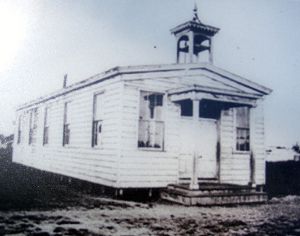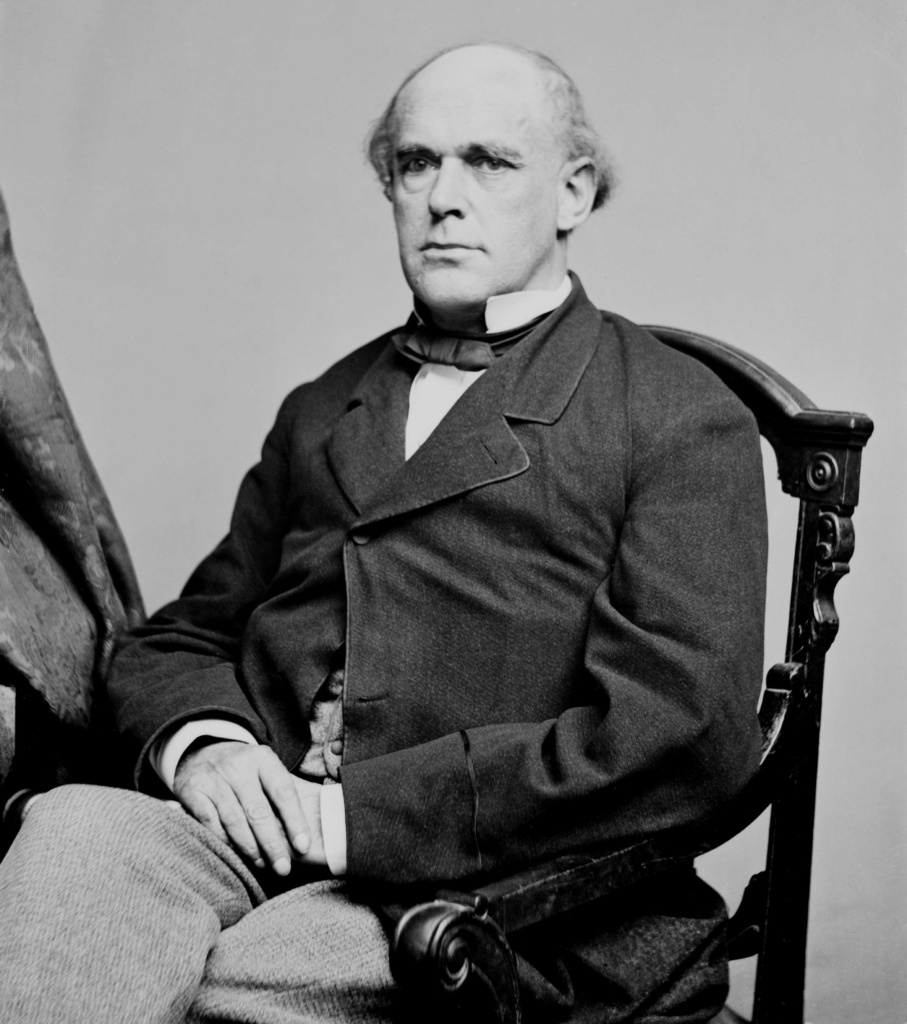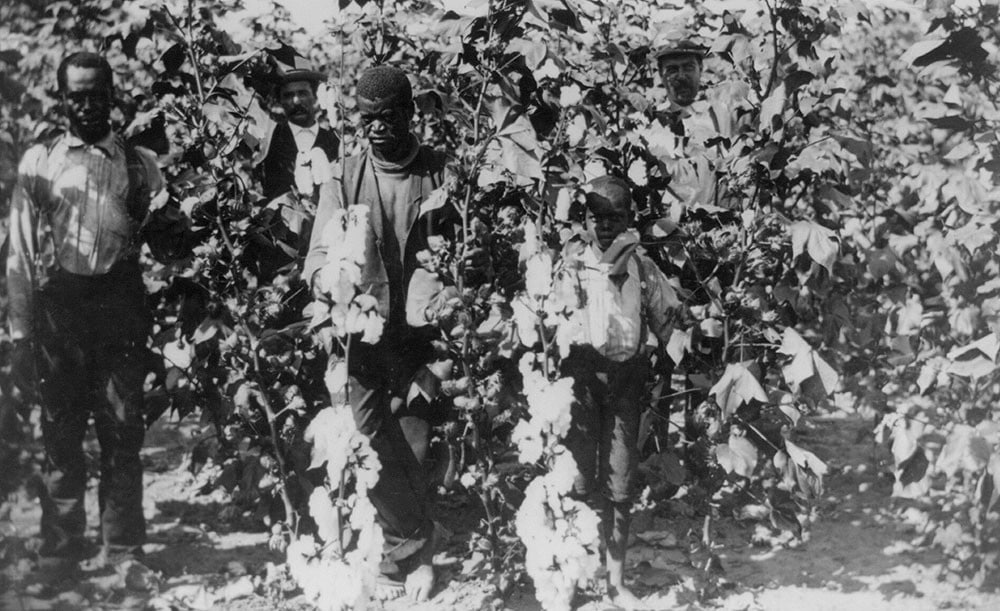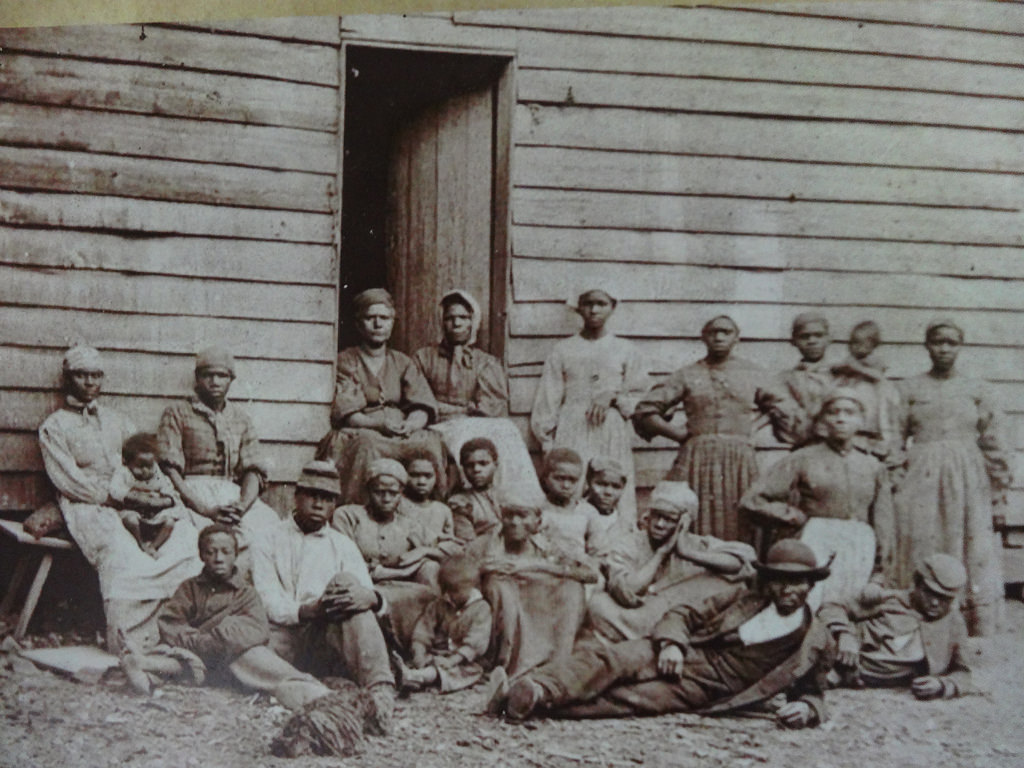Shortcodes
Video
Gallery
Audio
Progress Bar
Audioguide
80%
Photography
76%
Restaurant and Cafe
92%
Counters
0Oil Paintings0Knight Armour0Royal Jewels0Faberge Egg0Folk Costume
0Oil Paintings0Knight Armour0Royal Jewels0Faberge Egg
Faq
When is the Museum open?
Aenean massa. Cum sociis natoque penatibus et magnis dis parturient montes, nascetur ridiculus mus. Donec quam felis Cum sociis natoque penatibus et magnis dis parturient.
How much is admission to the Museum?
Aenean massa. Cum sociis natoque penatibus et magnis dis parturient montes, nascetur ridiculus mus. Donec quam felis Cum sociis natoque penatibus et magnis dis parturient.
Can anyone bypass the Admissions line?
Aenean massa. Cum sociis natoque penatibus et magnis dis parturient montes, nascetur ridiculus mus. Donec quam felis Cum sociis natoque penatibus et magnis dis parturient.
Do I have to pay the full price for admission?
Aenean massa. Cum sociis natoque penatibus et magnis dis parturient montes, nascetur ridiculus mus. Donec quam felis Cum sociis natoque penatibus et magnis dis parturient.
Is there a time when admission reduced?
Aenean massa. Cum sociis natoque penatibus et magnis dis parturient montes, nascetur ridiculus mus. Donec quam felis Cum sociis natoque penatibus et magnis dis parturient.
When is the Museum Shop open?
Aenean massa. Cum sociis natoque penatibus et magnis dis parturient montes, nascetur ridiculus mus. Donec quam felis Cum sociis natoque penatibus et magnis dis parturient.
Map
Sorry,You have not added any story yet
First African Baptist Church was founded with 120 members and led by Rev. Abraham Murchison (a freed, literate, formerly enslaved person from Savannah, Georgia), who was the eventual magistrate, then mayor of Mitchelville. The church was structured with two rows of benches, a pulpit, and a ceiling with glass lamps.…
Read More
General Hunter issued a military order freeing blacks in the Sea Islands but it was rescinded by Lincoln shortly thereafter: President Lincoln developed his own plan of emancipation – the Emancipation Proclamation – officially making the “contraband of war slaves” freedmen on January 1, 1863. Charlotte Forten, the first Black…
Read More
Union Army General David Hunter, with vague orders from the US Army, began enlisting the formerly enslaved refugees in the Union Army with the help of Abraham Murchinson, an escaped formerly enslaved preacher from Savannah. Highly influential among the formerly enslaved, Murchinson recruited soldiers and the regiment eventually swelled to…
Read More
US Secty of Treasury Salmon P. Chase sent an agent, Edward Pierce (who supervised the work of contrabands in Virginia), to collect the harvested cotton, in addition to report on the status and conditions of the formerly enslaved residents. During his two-week tour, Pierce checked on the conditions and abilities…
Read More
In the aftermath of the Battle of Port Royal on Hilton Head Island, wealthy white residents and plantation owners fled inland and took as many slaves as they could with them, leaving behind over 10,000 slaves. Samuel DuPont, Captain in the US Navy, reported “you can form no idea of…
Read More
On April 12, 1861, the Civil War commenced with the Confederate Army attack on the Union Army’s Fort Sumter, off the coast of Charleston, South Carolina. In July 1861, the enslaved residents were sent to build two earthwork forts to guard the Sea Islands/Port Royal Sound. This included building steep…
Read More
The rapid expansion of the cotton industry following the invention of the cotton gin greatly increased the demand for slave labor, with the population of enslaved persons peaking at 4+ million. Pro-slavery activists attempted to extend slavery territories into the West but were met with significant resistance with the presidential…
Read More
Enslaved people living on the Sea Islands arrived mainly from West Africa, including Cameroon, Angola, and Sierra Leone. Due to the isolated nature of the Sea Islands, they were able to retain many of their traditions from home, as many were only one or two generations removed from Africa. It…
Read More
On Hilton Head Island alone, there were more than 20 working plantations and 200+ in surrounding areas. Cotton and rice were highly valuable crops grown in the Sea Islands, making Hilton Head Island one of the richest districts in the state. Due to the land’s low elevation, the threat of…
Read More
First African Baptist Church was founded with 120 members and led by Rev. Abraham Murchison (a freed, literate, formerly enslaved person from Savannah, Georgia), who was the eventual magistrate, then mayor of Mitchelville. The church was structured with two rows of benches, a pulpit, and a ceiling with glass lamps.…
Read More
General Hunter issued a military order freeing blacks in the Sea Islands but it was rescinded by Lincoln shortly thereafter: President Lincoln developed his own plan of emancipation – the Emancipation Proclamation – officially making the “contraband of war slaves” freedmen on January 1, 1863. Charlotte Forten, the first Black…
Read More
Union Army General David Hunter, with vague orders from the US Army, began enlisting the formerly enslaved refugees in the Union Army with the help of Abraham Murchinson, an escaped formerly enslaved preacher from Savannah. Highly influential among the formerly enslaved, Murchinson recruited soldiers and the regiment eventually swelled to…
Read More
US Secty of Treasury Salmon P. Chase sent an agent, Edward Pierce (who supervised the work of contrabands in Virginia), to collect the harvested cotton, in addition to report on the status and conditions of the formerly enslaved residents. During his two-week tour, Pierce checked on the conditions and abilities…
Read More
In the aftermath of the Battle of Port Royal on Hilton Head Island, wealthy white residents and plantation owners fled inland and took as many slaves as they could with them, leaving behind over 10,000 slaves. Samuel DuPont, Captain in the US Navy, reported “you can form no idea of…
Read More
On April 12, 1861, the Civil War commenced with the Confederate Army attack on the Union Army’s Fort Sumter, off the coast of Charleston, South Carolina. In July 1861, the enslaved residents were sent to build two earthwork forts to guard the Sea Islands/Port Royal Sound. This included building steep…
Read More
The rapid expansion of the cotton industry following the invention of the cotton gin greatly increased the demand for slave labor, with the population of enslaved persons peaking at 4+ million. Pro-slavery activists attempted to extend slavery territories into the West but were met with significant resistance with the presidential…
Read More
Enslaved people living on the Sea Islands arrived mainly from West Africa, including Cameroon, Angola, and Sierra Leone. Due to the isolated nature of the Sea Islands, they were able to retain many of their traditions from home, as many were only one or two generations removed from Africa. It…
Read More
On Hilton Head Island alone, there were more than 20 working plantations and 200+ in surrounding areas. Cotton and rice were highly valuable crops grown in the Sea Islands, making Hilton Head Island one of the richest districts in the state. Due to the land’s low elevation, the threat of…
Read More
First African Baptist Church was founded with 120 members and led by Rev. Abraham Murchison (a freed, literate, formerly enslaved person from Savannah, Georgia), who was the eventual magistrate, then mayor of Mitchelville. The church was structured with two rows of benches, a pulpit, and a ceiling with glass lamps.…
Read More
General Hunter issued a military order freeing blacks in the Sea Islands but it was rescinded by Lincoln shortly thereafter: President Lincoln developed his own plan of emancipation – the Emancipation Proclamation – officially making the “contraband of war slaves” freedmen on January 1, 1863. Charlotte Forten, the first Black…
Read More
Union Army General David Hunter, with vague orders from the US Army, began enlisting the formerly enslaved refugees in the Union Army with the help of Abraham Murchinson, an escaped formerly enslaved preacher from Savannah. Highly influential among the formerly enslaved, Murchinson recruited soldiers and the regiment eventually swelled to…
Read More
US Secty of Treasury Salmon P. Chase sent an agent, Edward Pierce (who supervised the work of contrabands in Virginia), to collect the harvested cotton, in addition to report on the status and conditions of the formerly enslaved residents. During his two-week tour, Pierce checked on the conditions and abilities…
Read More
In the aftermath of the Battle of Port Royal on Hilton Head Island, wealthy white residents and plantation owners fled inland and took as many slaves as they could with them, leaving behind over 10,000 slaves. Samuel DuPont, Captain in the US Navy, reported “you can form no idea of…
Read More
On April 12, 1861, the Civil War commenced with the Confederate Army attack on the Union Army’s Fort Sumter, off the coast of Charleston, South Carolina. In July 1861, the enslaved residents were sent to build two earthwork forts to guard the Sea Islands/Port Royal Sound. This included building steep…
Read More
The rapid expansion of the cotton industry following the invention of the cotton gin greatly increased the demand for slave labor, with the population of enslaved persons peaking at 4+ million. Pro-slavery activists attempted to extend slavery territories into the West but were met with significant resistance with the presidential…
Read More
Enslaved people living on the Sea Islands arrived mainly from West Africa, including Cameroon, Angola, and Sierra Leone. Due to the isolated nature of the Sea Islands, they were able to retain many of their traditions from home, as many were only one or two generations removed from Africa. It…
Read More
On Hilton Head Island alone, there were more than 20 working plantations and 200+ in surrounding areas. Cotton and rice were highly valuable crops grown in the Sea Islands, making Hilton Head Island one of the richest districts in the state. Due to the land’s low elevation, the threat of…
Read More










